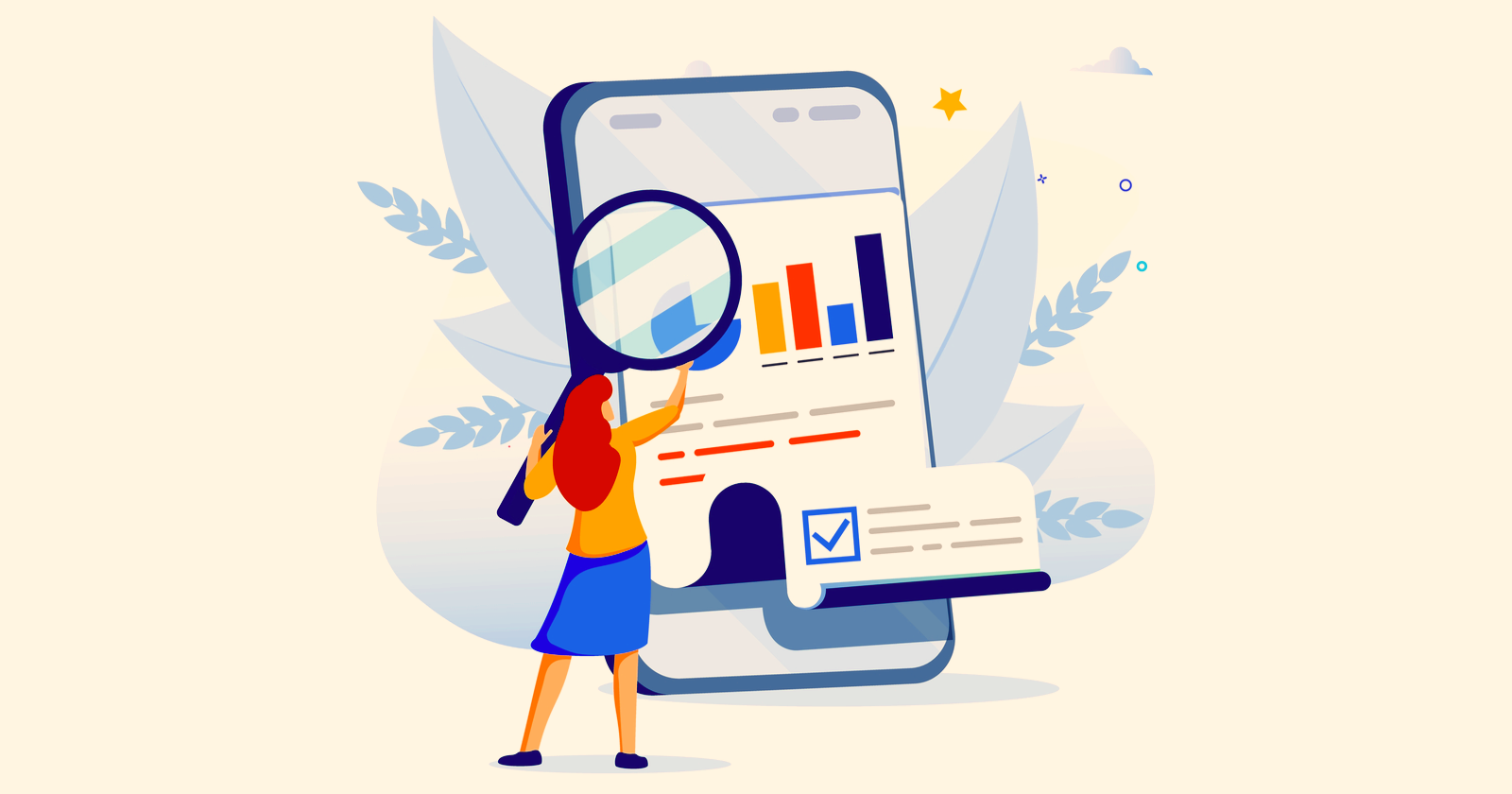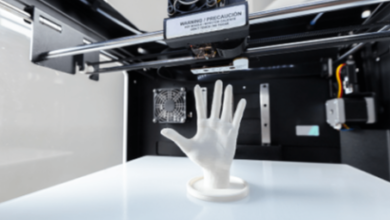In the digital landscape, converting website visitors into paying customers requires more than just driving traffic. It demands a strategic blend of compelling design and powerful SEO tactics. On-page SEO and website design, when aligned correctly, become a powerful force for lead generation, engagement, and long-term revenue growth. They do not function in silos—instead, they directly impact how users interact with your site and how search engines rank it.
The relationship between on-page SEO and web design is no longer optional. Businesses that integrate both strategically are the ones seeing the highest returns from their digital presence.
Structuring Pages for Both Search Engines and Users
One of the fundamental intersections of SEO and design is page structure. Effective website design supports SEO by organizing content into a hierarchy that search engines can easily crawl while keeping users engaged. Elements like clear headers (H1–H3), breadcrumb navigation, and internal linking ensure content is both accessible and scannable.
A well-structured page layout ensures that keywords, metadata, and call-to-action elements are positioned effectively, without overwhelming the user. When design supports SEO formatting—like using schema markup, optimized title tags, and alt text for images—it results in a page that performs better both in rankings and usability.
Site architecture also affects how search engines evaluate authority across different pages. A clean, intuitive layout allows search engines to index your pages efficiently, while users are guided seamlessly to conversion points.
See also: Why the Essentials Hoodie and Essentials Tracksuit Are the Go-To Threads for Aussies Everywhere
Mobile-Friendly Design Enhances SEO Performance
Mobile-first indexing remains a priority in 2025, with Google primarily evaluating mobile versions of websites for rankings. Design plays a crucial role in this by ensuring responsiveness across all screen sizes, fast load times, and a smooth mobile user experience. These are all components directly tied to on-page SEO success.
Mobile-optimized layouts enhance interaction by reducing friction—think larger tap targets, quick-loading images, and responsive menus. When users can navigate your site with ease on mobile devices, it decreases bounce rates and increases time-on-site, both of which signal quality to search engines.
An effective mobile design doesn’t just make your site look good—it boosts your overall SEO performance, enabling higher rankings and improved engagement on mobile search results.
Optimizing Content Presentation for Conversion
Design influences how content is presented, while SEO determines what content is included. Together, they shape the path to conversion. On-page SEO ensures that pages are keyword-optimized, relevant, and informative. Design turns that content into an experience that drives action.
Elements such as layout spacing, typography, color contrast, and visual hierarchy guide the user’s eye to key information and conversion points. Strategically placed headlines, bullet points, and CTAs direct users where you want them to go.
Calls-to-action should not only be present—they should be designed to stand out. When SEO-driven content and clean design are integrated, users are more likely to stay on the page, consume content, and ultimately convert.
Professionals like Portkey SEO understand how to balance content optimization with effective page layouts to ensure every word and visual supports conversion goals.
Technical SEO and Site Speed Through Design Choices
Design decisions directly impact technical SEO elements like page load speed, core web vitals, and crawlability. Using lightweight themes, compressing media, and avoiding script-heavy elements ensures your website remains fast—something Google actively rewards.
Design should support SEO-friendly practices such as responsive image sizes, lazy loading, clean code, and the proper use of CSS. Sluggish websites not only frustrate users but signal poor performance to search engines. On-page elements like anchor text, heading tags, and structured data can also be visually emphasized without sacrificing speed or user experience.
Designers who work with SEO experts can make intentional decisions that enhance both site aesthetics and technical performance, boosting the overall effectiveness of every page on the site.
Visual Trust Signals and Conversion Alignment
Trust plays a key role in conversion. Website design creates that trust visually, while SEO ensures users land on pages that meet their expectations. Elements like testimonials, security badges, professional photography, and case studies help reinforce credibility. When these elements are placed strategically alongside SEO-optimized content, they support both rankings and conversions.
Consistency in brand colors, font choices, and imagery across all landing pages strengthens the user experience. This consistency, combined with targeted keyword usage, ensures that users know they’re in the right place—and are more likely to take the next step.
If your business is seeking to unify design and SEO strategy, it’s time to contact Portkey and leverage integrated digital services that prioritize visibility and conversions equally.
Conclusion
When on-page SEO and website design work together, they do more than generate traffic—they convert that traffic into measurable business results. From page layout and keyword integration to responsive mobile design and technical optimization, these two elements complement each other to drive qualified leads through an enjoyable user journey.
A visually appealing site built on solid SEO principles ensures that visitors not only find your business online but also trust it enough to engage. Partnering with agencies like Portkey SEO ensures a cohesive strategy that blends design excellence with search performance, leading to long-term growth and high-converting results.






